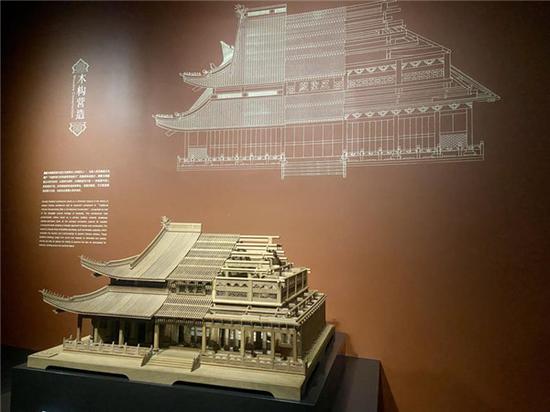
A model of the Seven Pagoda Temple in Ningbo, Zhejiang province, at the Sixth World Buddhist Forum. (Photo by Lin Qi/China Daily)
Among these who made a name for themselves in Chinese art history were monks celebrated for combining art with Buddhism. These include the Four Monks of the early Qing Dynasty (1644-1911) — Zhu Da, Shitao, Hongren, and Kuncan — whose work can be found in the collections of museums, and which enjoy public popularity.
"The translation and spread of Buddhist scriptures influenced Chinese literature and arts … Artists have sought to blend the ideas of dharma into architecture, sculpture, painting, handicrafts, calligraphy and music, to create unique styles and present depth of thought," Venerable Master Xincheng told a sub forum at the Sixth World Buddhist Forum, which closed on Thursday in Ningbo in Zhejiang province.
He went on to explain the influence of Buddhism on calligraphy after it was introduced to the country, one of the most vivid examples of its influence in the arts, and how it shaped the formation of artists and intellectuals.
The forum was one of nine different discussions under this year's theme of "Hand-in-Hand for Coexistence" at the World Buddhist Forum. It focused on the development of Buddhist art, and the ways artists, writers and intellectuals interpreted the concepts of Buddhism and meditation in their work, to further its influence.
The Sixth World Buddhist Forum was attended by some 800 participants from 72 countries and regions, who discussed consensual, practical approaches to addressing global challenges in an ever-evolving world.
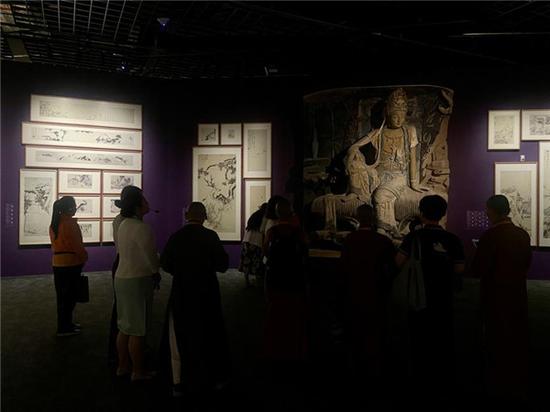
A 3D-printed replica of a Buddhist figure from the Dazu Rock Carvings in Chongqing at the Sixth World Buddhist Forum. (Photo by Zhang Wei/China Daily)
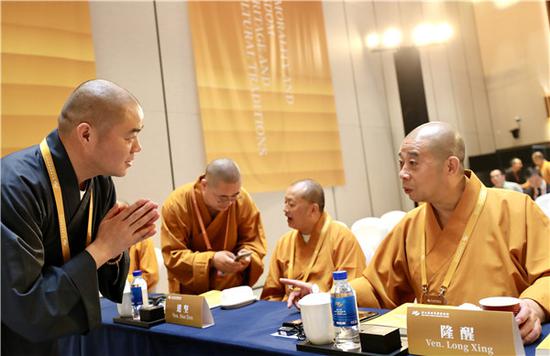
Attendants at a sub forum at the Sixth World Buddhist Forum, which was closed on Thursday in Nongbo, East China's Zhejiang province. (Photo by Zhang Wei/China Daily)








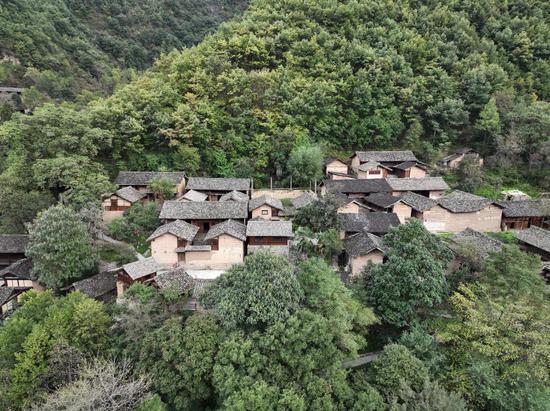
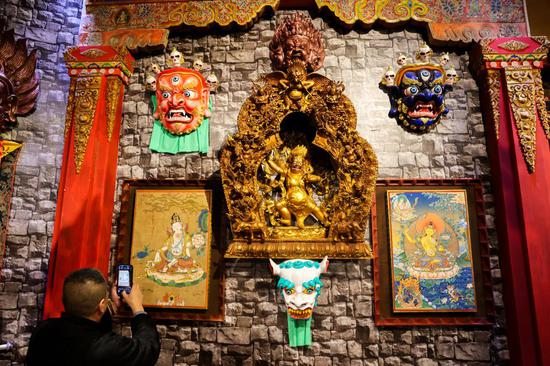

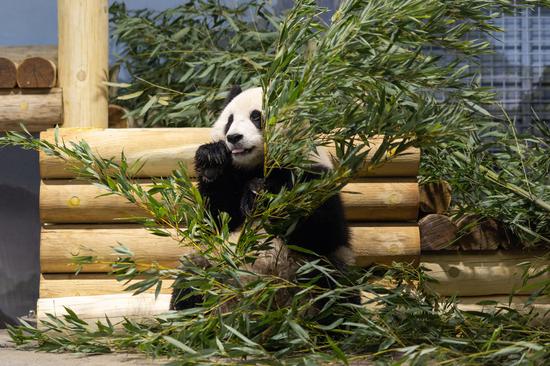
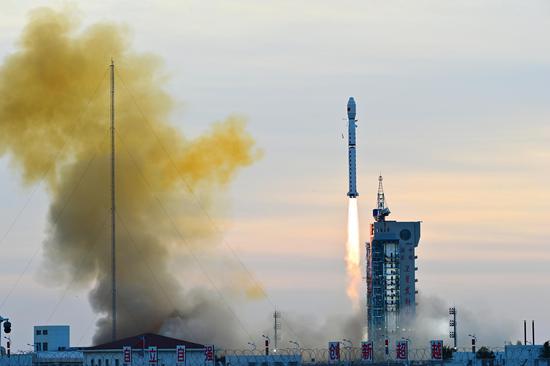

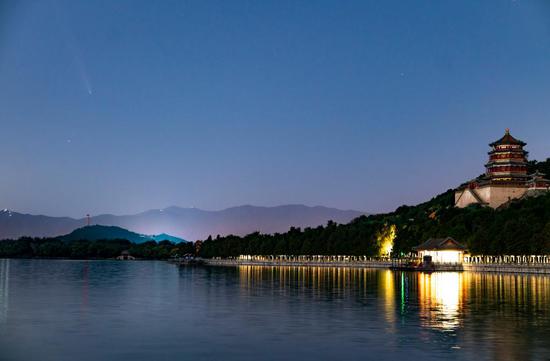



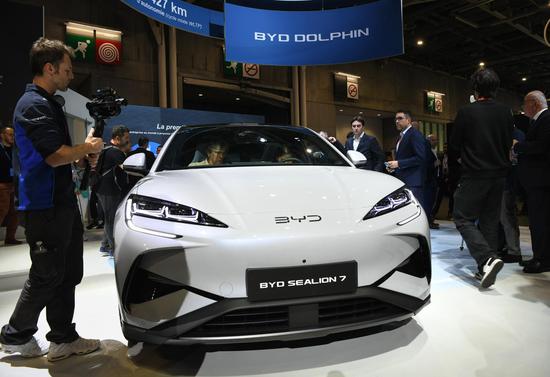
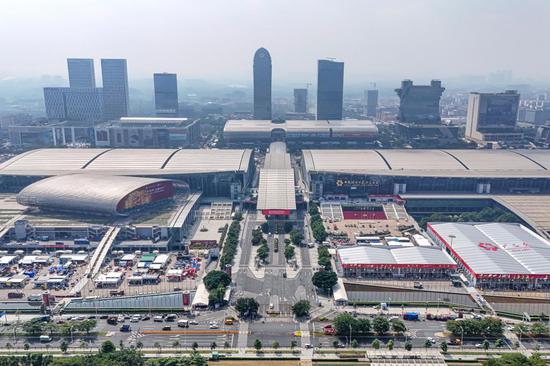

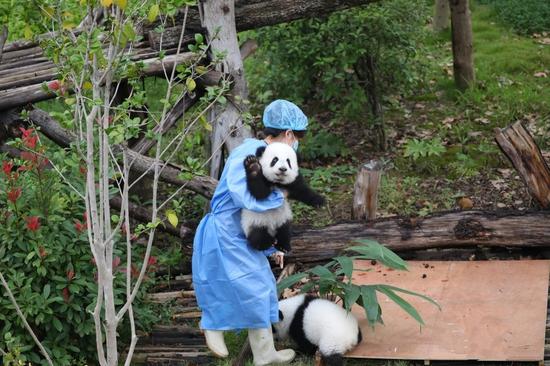
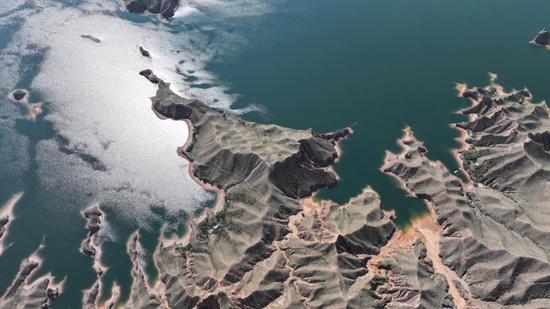

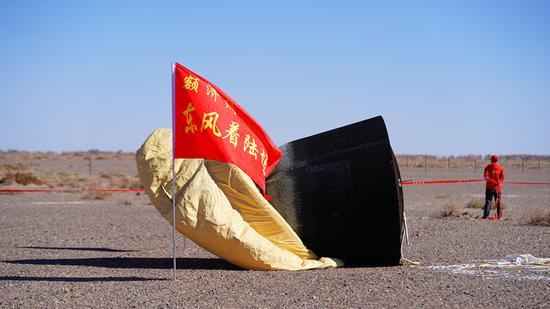
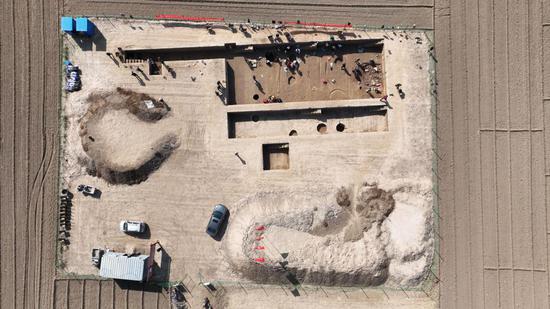



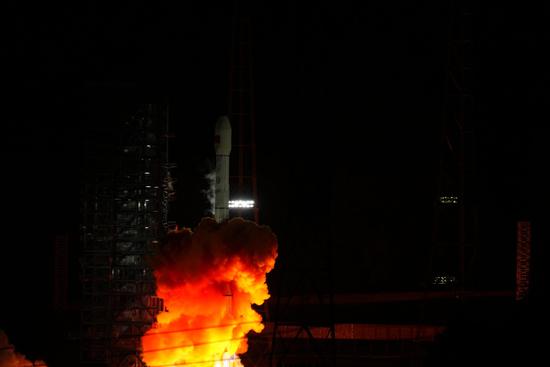

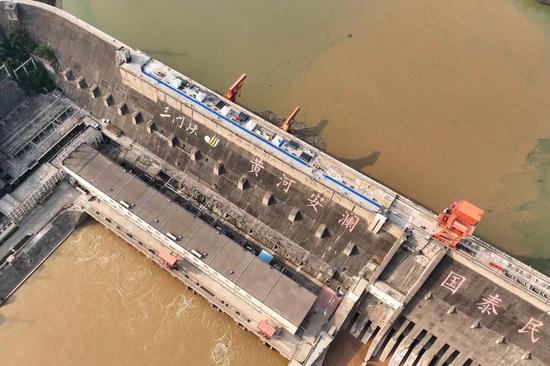
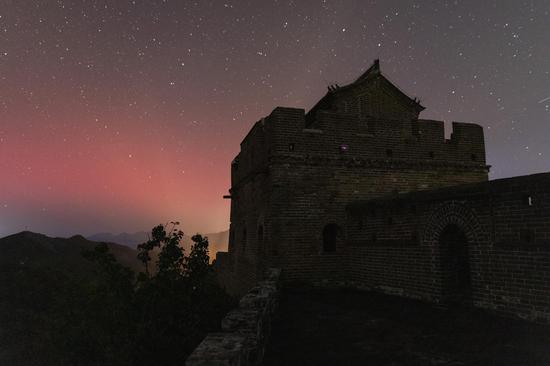




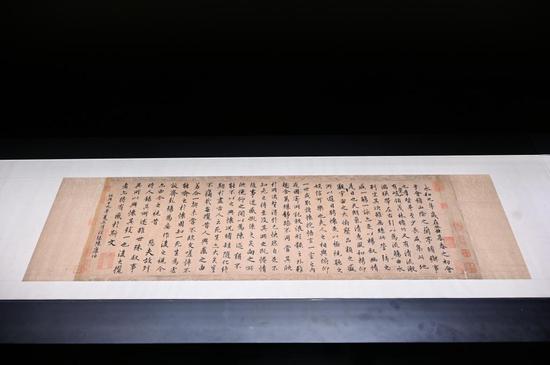
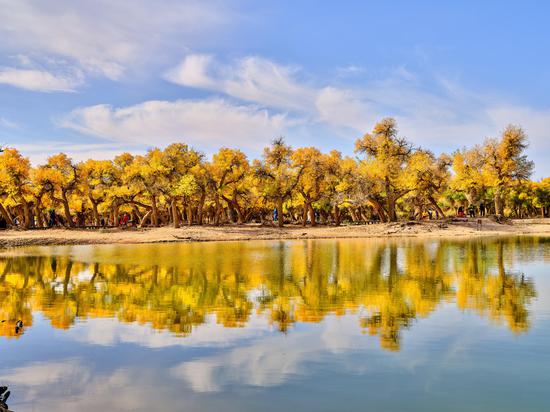
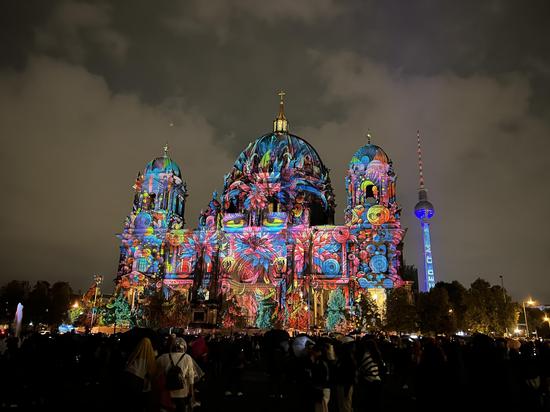
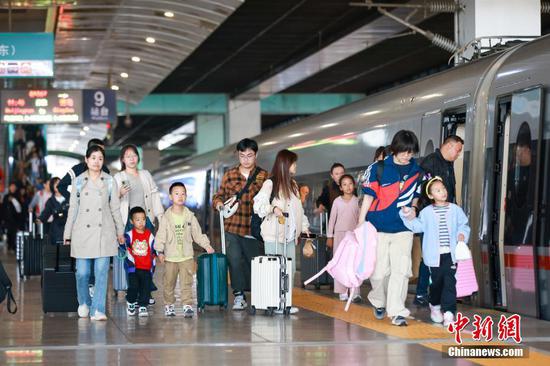
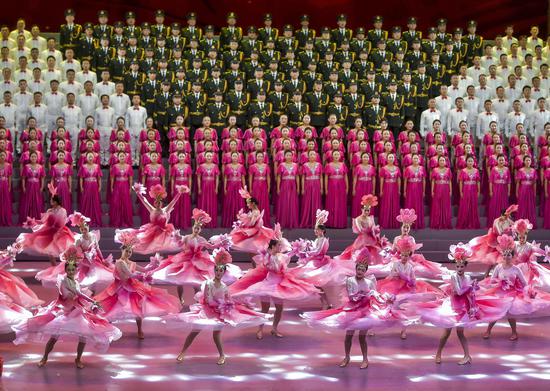
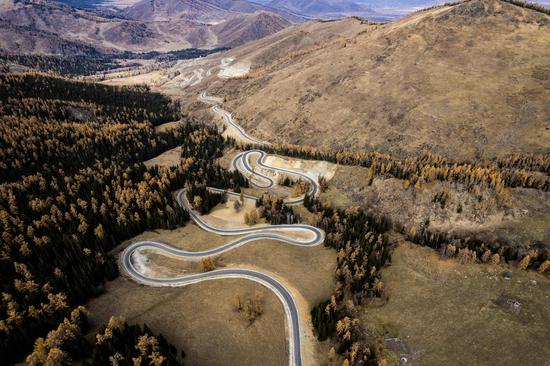
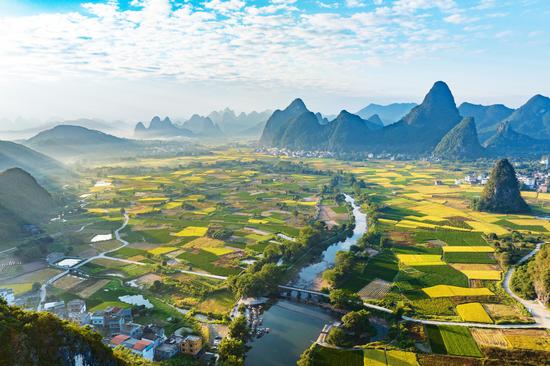
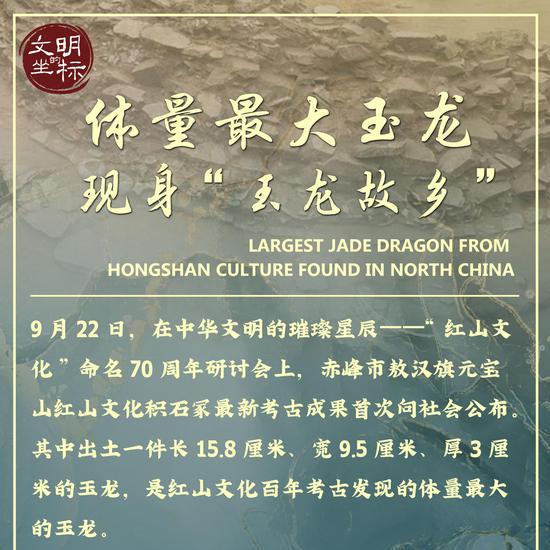



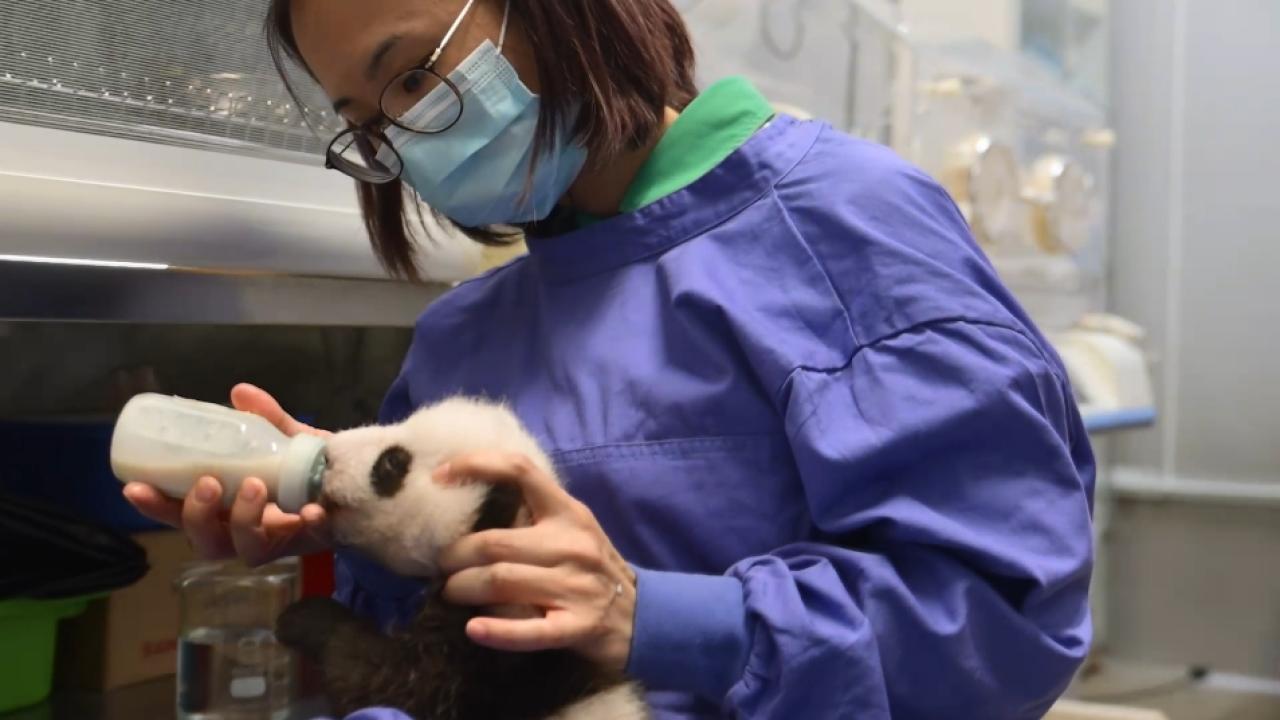

 京公网安备 11010202009201号
京公网安备 11010202009201号